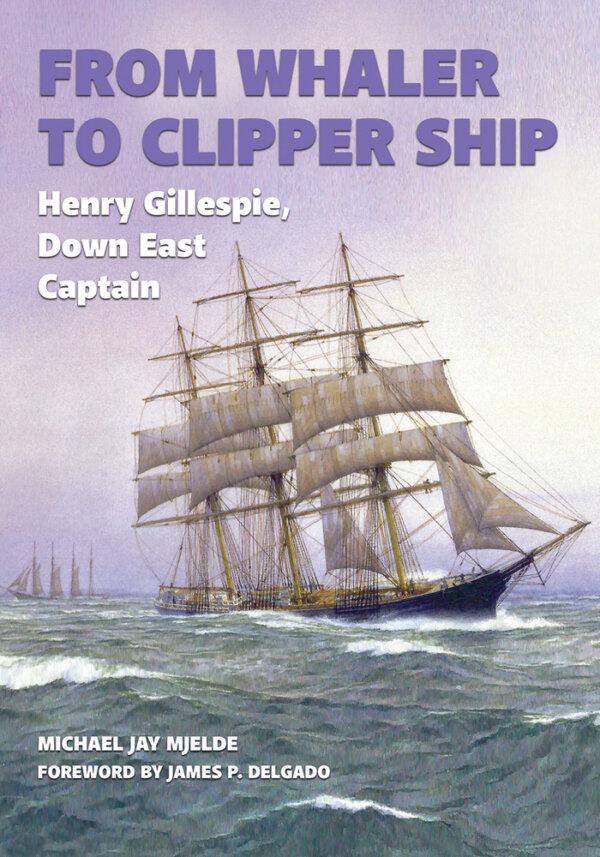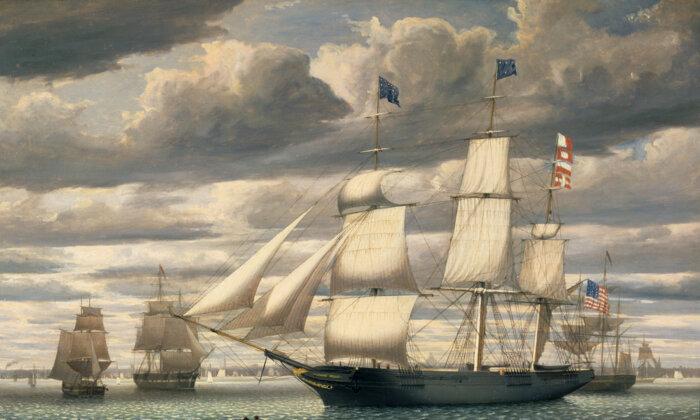Henry Gillespie was a Maine native. His parents owned and ran boarding houses, hotels and saloons, yet Henry chose another path. In 1874, he became a sailor, signing aboard a whaler at age 17. “From Whaler to Clipper Ship: Henry Gillespie, Down East Captain,” by Michael Jay Mjelde, tells what happened next.
The biography of Gillespie’s life (1857–1937) also follows the history of the U.S. merchant marine over half a century, from 1874 through 1921, when Gillespie finally retired. It was a period of great change at sea, and Gillespie took part in that change. In 1874, when Gillespie signed as an able-bodied seaman aboard the whaler Wave, most of the American merchant fleet was made up of sailing ships. In 1921, when he retired as captain of the 12,000 deadweight ton tanker SS Swiftsure, most of the windjammers had retired and steamships ruled.
Mr. Mjelde follows Gillespie’s transition from a raw beginner to a respected merchant ship’s captain. To start, Gillespie lied about his age and experience to be rated able-bodied on the Wave. For this act, he was derated, ridiculed, and humiliated in front of his shipmates, and then deserted at Barbados. Despite this bad start, he stuck with the sea. Shipping on other sailing vessels (although never another whaler), he gained experience and eventually became a ship’s officer.
Unfortunately, he became a “bully” officer and later captain, one who ran his ship through brutality. Because of his competence, however, the ships’ owners who had hired him overlooked this behavior. His brutality eventually led to a court action which could have beached him. But following marriage, he reformed. His wife, who frequently sailed with him, smoothed off his rough edges, and he became an exemplary officer, mostly sailing out of San Francisco.
While he eventually made the transition from sail to steam, the pinnacle of his career was in sailing ships. He gained command of medium clipper Glory of the Seas in 1906. This was a legendary vessel. Launched in 1869, it was the last ship designed by famed marine architect Donald McKay. About to become a barge, it was restored following the San Francisco earthquake to bring lumber to rebuild the city.
“From Whaler to Clipper Ship” is a wonderful window on the late 19th and early 20th century, and not just at sea. It captures America during its Gilded Age and its transformation into a world power. It shows San Francisco at its raucous peak, and tells a fascinating story of an iron man commanding wooden ships.






